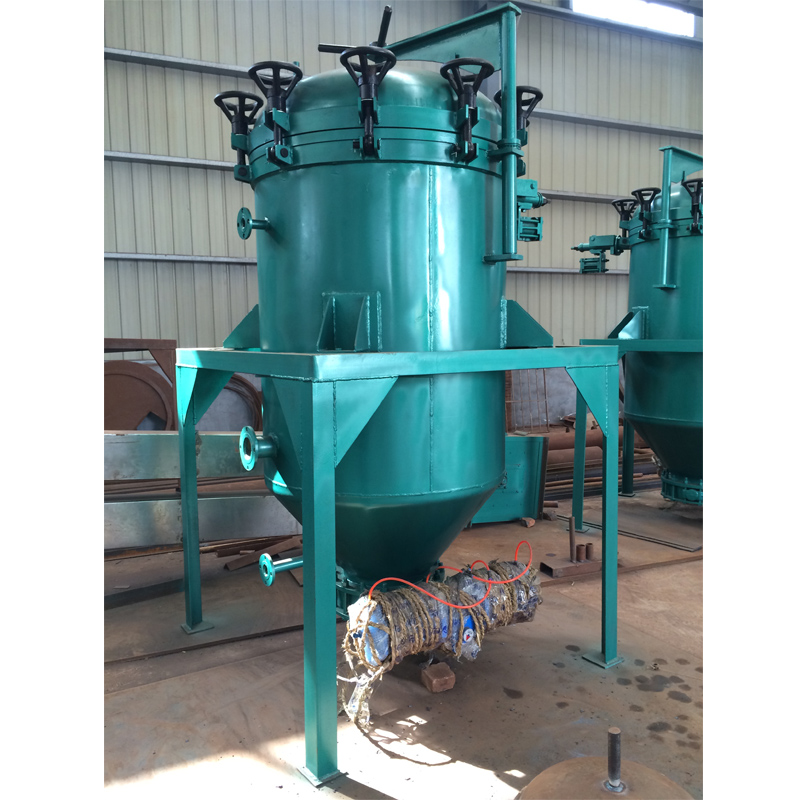Dec . 29, 2024 08:32 Back to list
Safflower Oil Production Line Development in China and Its Industry Impact
The Production Line of Safflower Oil in China A Comprehensive Overview
Safflower oil, derived from the seeds of the safflower plant (Carthamus tinctorius), has garnered attention in the global oil market due to its numerous health benefits and culinary applications. In recent years, China's safflower oil production line has seen significant advancements, responding to both domestic demand and international markets. This article explores the various aspects of safflower oil production in China, including its process, technological advancements, and prospective future in the industry.
Understanding Safflower Oil and Its Benefits
Safflower oil is renowned for its high smoke point and light flavor, making it an excellent choice for frying and salad dressings. It is rich in unsaturated fatty acids, particularly oleic and linoleic acids, which are associated with various health benefits such as improved heart health and lowered cholesterol levels. As consumers increasingly seek healthier cooking oil alternatives, safflower oil has gained popularity for its nutritional profile.
The Production Process of Safflower Oil
The production line for safflower oil involves several critical stages, from seed cultivation to the final bottling of the oil. The process typically begins with the cultivation of safflower plants in suitable climates, primarily in regions with warm temperatures and abundant sunlight. Safflower is a drought-resistant plant, making it an ideal crop for arid areas.
Once the safflower seeds are harvested, they undergo several phases in the production line
1. Seed Cleaning The harvested seeds are cleaned to remove impurities such as dust, debris, and damaged seeds. This step is crucial as it ensures the quality of the oil produced subsequently.
2. Dehulling The cleaned seeds are then dehulled to separate the outer shell from the kernel. Dehulling increases oil yield and improves the oil's flavor and shelf life.
3. Oil Extraction The next stage involves extracting oil from the safflower seeds. Two primary methods are used mechanical pressing and solvent extraction. Mechanical pressing involves applying high pressure to the seeds to extract oil, while solvent extraction uses chemical solvents to dissolve the oil, which is then separated from the solvent.
4. Oil Refining Once extracted, the crude safflower oil undergoes refining processes to remove impurities, unwanted flavors, and odors. This typically includes degumming, neutralization, bleaching, and deodorization. The refining process enhances the oil's quality, making it suitable for cooking and consumption.
china safflower oil production line

5. Bottling and Packaging The final refined oil is bottled and packaged for distribution. This stage also includes labeling, which highlights the health benefits and culinary uses of safflower oil.
Technological Advancements in Production
China has made significant investments in modernizing safflower oil production lines. The integration of advanced technologies such as automation and precision agriculture has streamlined the production process, ensuring efficiency and consistency in oil quality. Automated systems enable precise control over various stages of production, from planting to extraction, leading to increased productivity and reduced labor costs.
Moreover, China has been enhancing its research and development efforts to cultivate high-yield safflower varieties resistant to pests and diseases. This shift towards sustainable and efficient cultivation practices not only ensures a steady supply of safflower seeds but also meets the growing demand for organic and health-oriented products.
The Future of Safflower Oil Production in China
As consumer preferences continue to evolve towards healthier food options, the demand for safflower oil is expected to rise. China, being one of the largest producers and consumers of edible oils, is poised to play a significant role in this market.
Several factors indicate a promising future for safflower oil production in China
1. Increasing Health Awareness With a growing focus on nutrition and wellness, more consumers are opting for healthier cooking oils, driving the demand for safflower oil.
2. Export Potential China's safflower oil is gaining recognition in international markets, providing opportunities for export and contributing to the country's economy.
3. Sustainable Practices Emphasizing sustainability and eco-friendly practices aligns with global trends, making Chinese safflower oil more appealing to health-conscious consumers.
In conclusion, China's safflower oil production line illustrates a perfect blend of tradition and modernity. As the industry adapts to meet the needs of a health-conscious consumer base, the future of safflower oil in China looks bright, with potential growth in both domestic consumption and international markets. The continued investment in technology, sustainable practices, and research will undoubtedly enhance China’s position in the global safflower oil market.
-
Leading Food Oil Refined Unit Companies | Quality & Efficient Solutions
NewsAug.27,2025
-
Expert Food Oil Refined Unit Companies | Advanced & Efficient Refining
NewsAug.26,2025
-
Food Oil Refined Machine Companies: High-Efficiency Oil Refining
NewsAug.25,2025
-
Popular Commercial Oilseed Crushing Machinery | High-Yield Oil Expeller Press
NewsAug.24,2025
-
Food Oil Refined Unit Companies: Leading Manufacturers & Exporters
NewsAug.23,2025
-
Expert Oil Filter Machine Service & Solutions | Quality & Reliability
NewsAug.22,2025
